ROSE QUARTZ Crystal 1 1/2″ 1-2 Oz Medium Tumbled Stone Polished Rock Mineral Heart Chakra Crystal Stone Natural Specimen Reiki
$4.99
In stock
Description
These tumbled polished rose quartz crystals are not the small 3/4 inch tumbled stones everyone else sells. These are very large tumbled stones that we have custom made for us by our Brazilian supplier.
These are also properly tumbled stones. They are tumbled just enough to create a polish but while still retaining the original unique shape and character of each stone. Only the best at Kidz Rocks!
You will receive one polished rose quartz crystal that is 1 1/2 inch to 2 inch and weighing 1 to 2 ounces.
Bulk Purchase Listing
You are buying one rock from the lot shown in the photographs. Listing every rock separately adds a lot in labor costs. We pass that savings on to you with lower prices and higher quality than the competition. 75% of all of our Reviews are from customers amazed by what they received buying our bulk purchase listing products!
Kidz Rocks – The Best Value on the Internet!
Higher quality, larger size, lower price genuine natural rocks and minerals with customer service second to none. Buy ANY 5 or more items and get 30% off your entire order and a FREE surprise specimen! Maximum $8.75 shipping no matter how many items are on your order and no return required refunds!
Mineral Description
Rose quartz is a type of quartz which exhibits a pale pink to rose red hue. The color is usually considered as due to trace amounts of titanium, iron, or manganese, in the massive material. Rose quartz crystals are very rare which is a curiosity because quartz crystallizes into well-formed crystals and is common to find in all its other varieties.
So amazing are the rose quartz crystals that the first ones discovered were dismissed as fakes by mineralogists from around the world. There are many different varieties of quartz, several of which are semi-precious gemstones. Especially in Europe and the Middle East, varieties of quartz have been since antiquity the most commonly used minerals in the making of jewelry and hard stone carvings. Quartz is the hardest of common minerals. Only rare minerals, such as diamonds, are harder than quartz.
About Kidz Rocks
Since 2009, Kidz Rocks, a USA company, is “The Best Value on the Internet” providing higher quality, larger size and lower price rocks, minerals and crystals with customer service second to none.
Kidz Rocks Promise:
We are committed to redefine what it means to shop for rocks and minerals online. NO insane high prices, NO great piece one time and then a disappointing piece next time, NO rocks that look big online and then a tiny piece shows up, NO waiting a long time for shipping …
A partnership that you can trust and count on with each and every order that you will be pleased if not amazed when you open your package! Always high quality – Always larger sizes at lower prices that other dealers ƒ?? Always a positive and fun shopping experience.
If it is not a specimen we would add to our own personal collection, we don’t ship it out to you! When you buy from us you will be satisfied with each and every purchase or your money back and you keep the rocks!
Please feel free to call us at 1-818-518-6278 10 AM to 10 PM 7 days a week for wholesale discounts and special requests, we can get pretty much any rock on the planet. We ship all orders USPS, weekday orders ship the same day they are placed, weekend orders ship on Monday’s. We disclose any treatments done to the rocks after they are mined in our listing descriptions. If no treatments are stated then it is exactly as it came out of the ground.
Thanks,
Alan & Jaidon
Additional information
| Weight | 0.125 lbs |
|---|
3 reviews for ROSE QUARTZ Crystal 1 1/2″ 1-2 Oz Medium Tumbled Stone Polished Rock Mineral Heart Chakra Crystal Stone Natural Specimen Reiki
Only logged in customers who have purchased this product may leave a review.

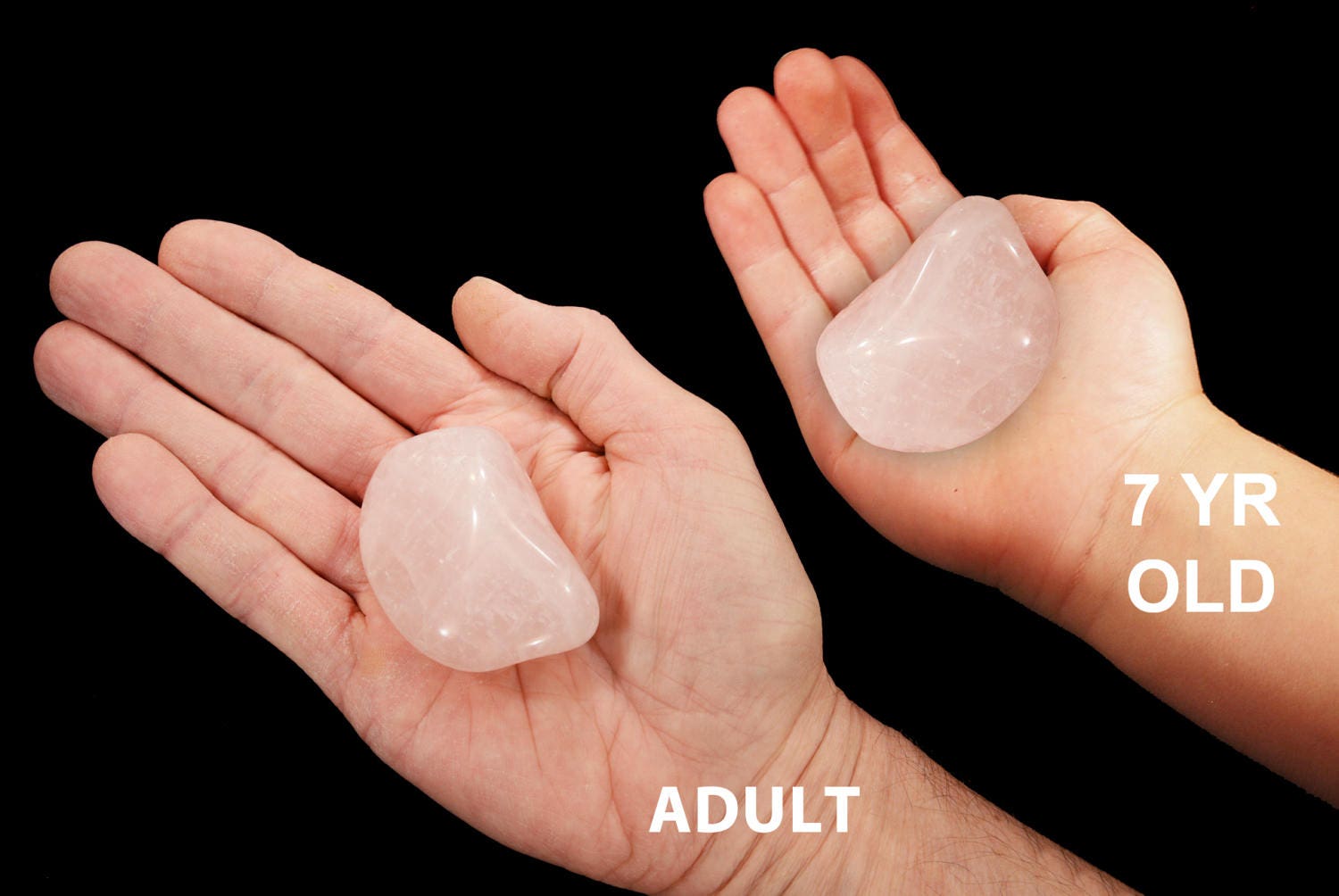
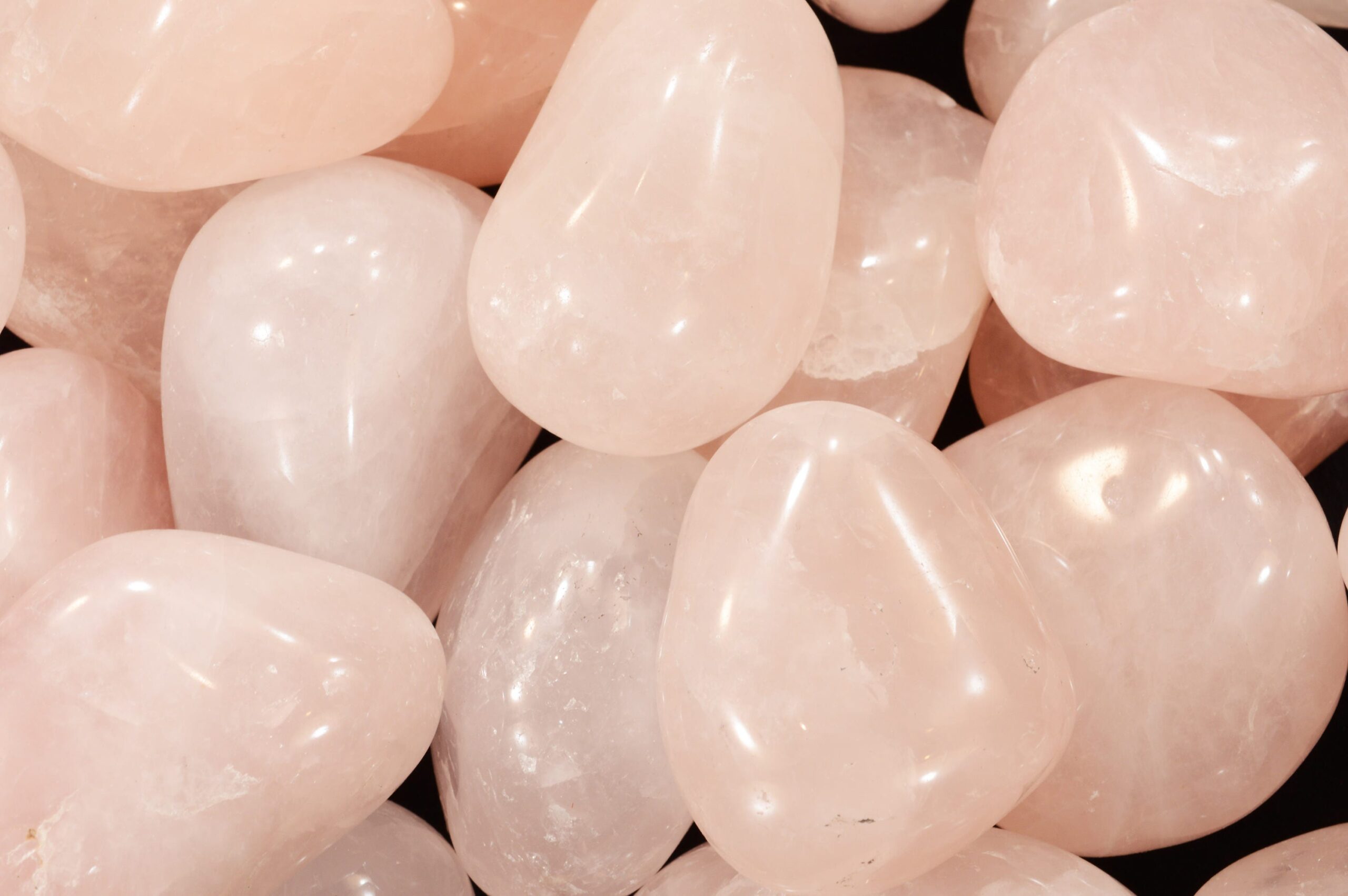
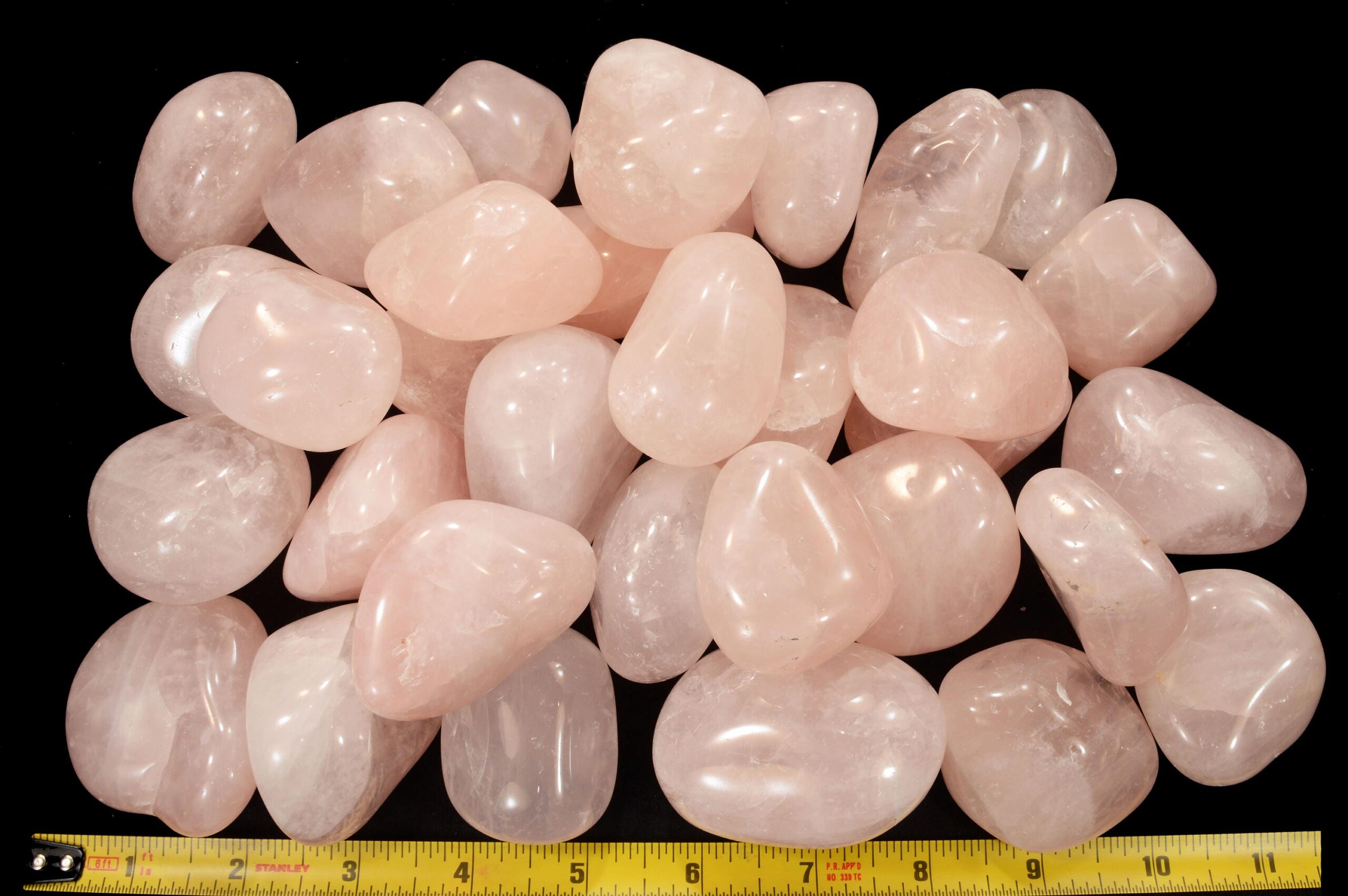
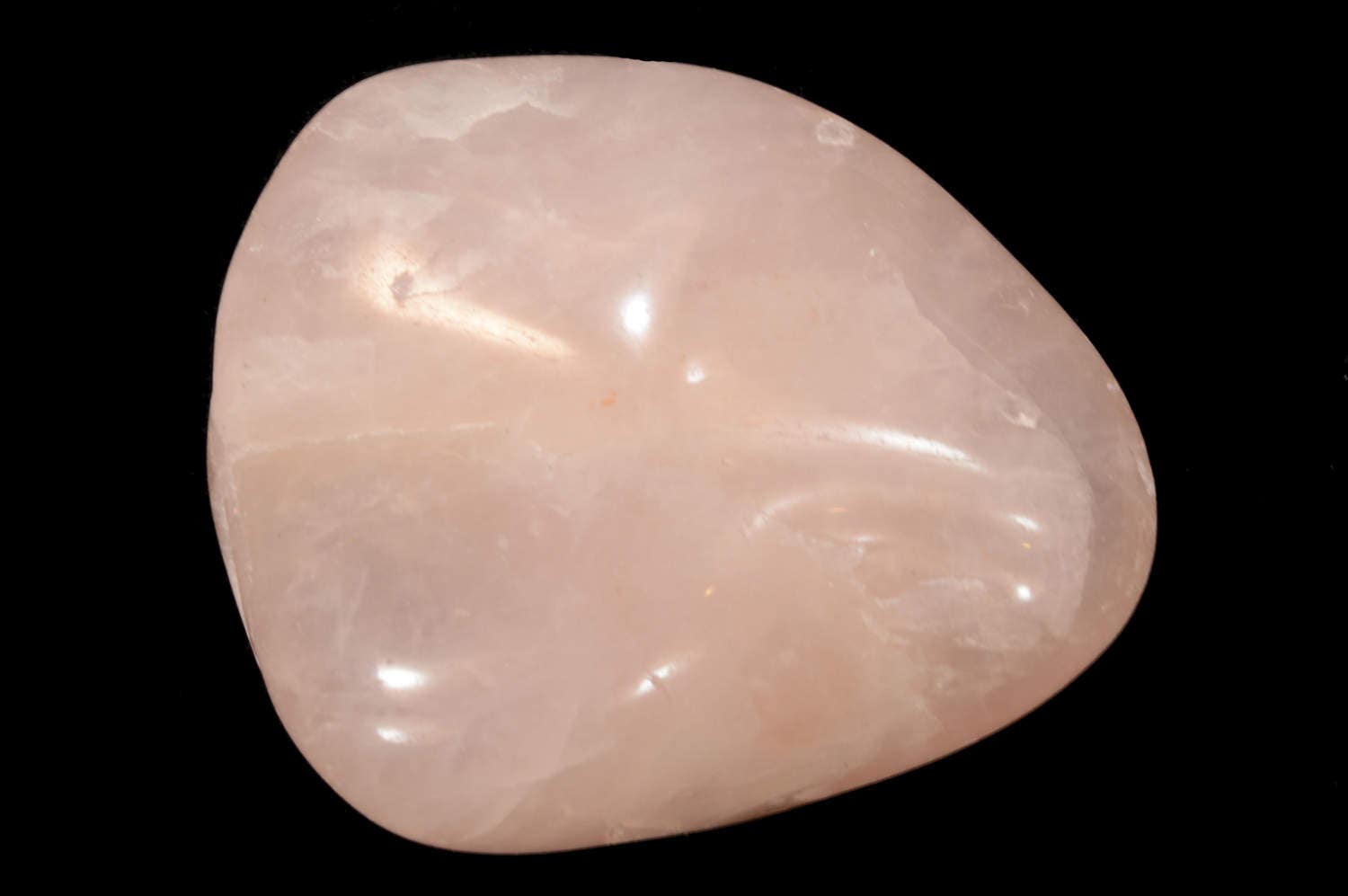
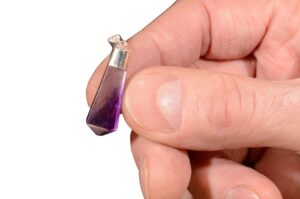
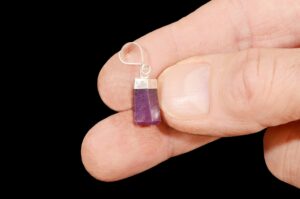
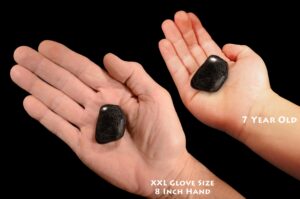
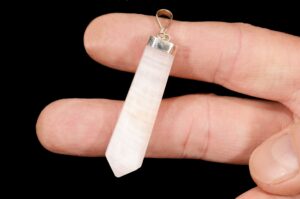


Kristen Ashley (verified owner) –
Great gift idea. Quick shipping, as always with this shop. Seller even went out of his way to message me to see what kind of gift wrapping I would like. Always a 10/10 experience with KidzRocks!
Jana Reichel (verified owner) –
I messaged the seller that this was for a young child so I wanted them to be large enough for safety concerns. The crystals were a perfect size and baby was able to explore them with supervision, of course! Thank you for such wonderful customer service.
arden alien (verified owner) –
absolutely perfect size and shape and wonderful quality especially for such a fair price. I am a huge fan of kidzrocks